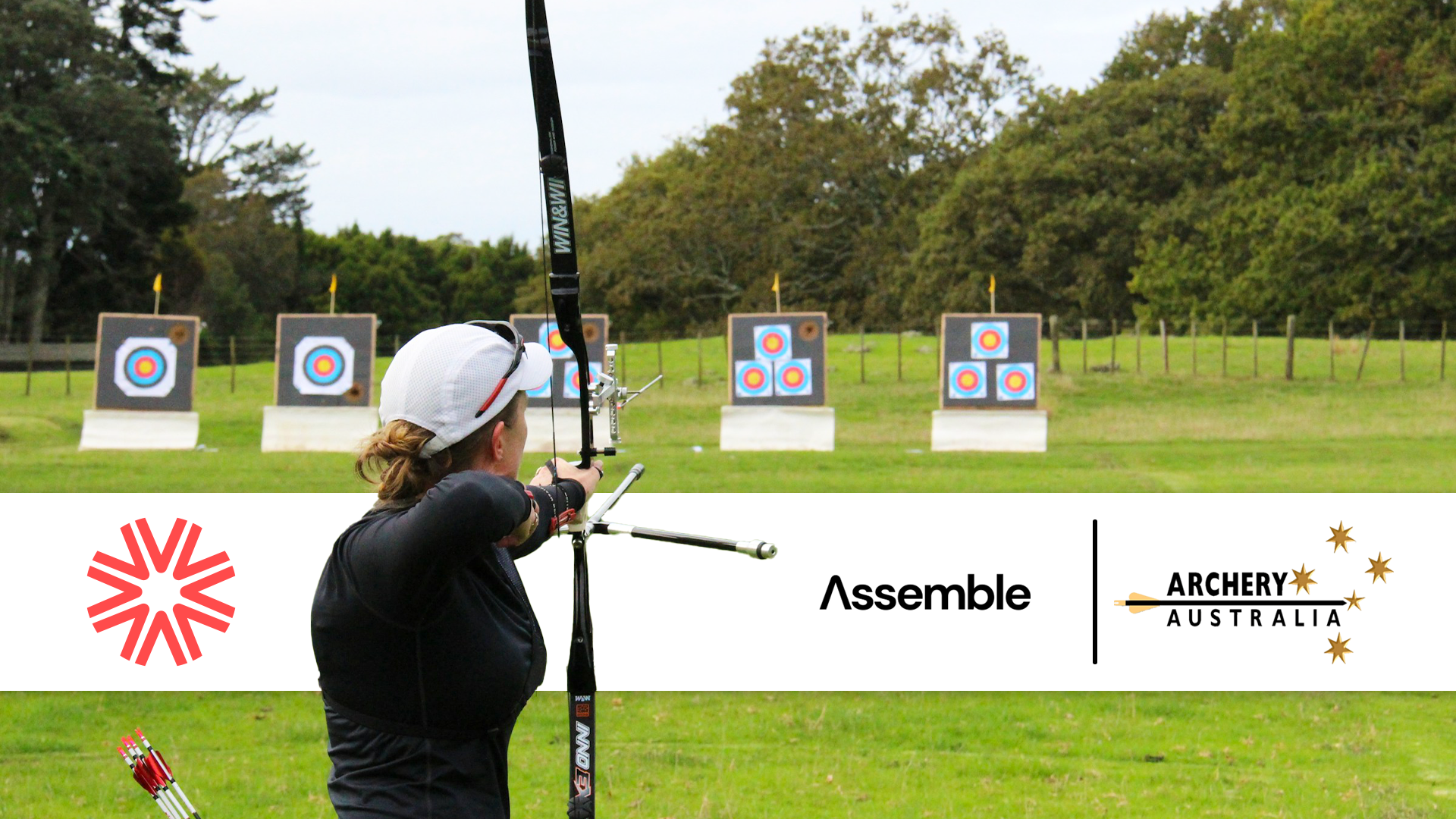In a historic decision at the 141st Session of the International Olympic Committee (IOC), the stage is set for the 2028 Olympic Games in Los Angeles to be a groundbreaking celebration of athleticism and diversity. The spotlight shines not only on the world-class athletes who will compete but also on the inclusion of five new sports that promise to captivate audiences and redefine the Olympic experience.
The Evolution of Olympic Sport Selection
Traditionally, the process of introducing new sports to the Olympic Games was a meticulous one, with a focus on the historical and cultural significance of the sports, their global popularity, and their alignment with Olympic values. Any sport under consideration for inclusion in the Olympics underwent evaluation based on five factors, comprising a total of 35 criteria. These criteria encompassed assessments of the sport's potential contribution to the Olympics legacy, its longevity, popularity in the host country, broadcasting costs, and various other factors. Moreover, sports included in the Games had to be governed by an international sports federation and comply with both the Olympic Charter and the World Anti-Doping Code.
However, as we set our sights on 2028, the landscape has evolved, with commercial considerations taking on an increasingly influential role in the decision-making process.
The Commercial Dimension: Blending Tradition with Innovation & Culture
In an era where sports and entertainment seamlessly intersect, the Olympics have evolved to embrace change. Beyond sheer physical talent, sports are now chosen for their ability to captivate a global audience, enticing lucrative sponsorships and broadcasting deals. The landscape of sports consumption has shifted dramatically with the rise of social media, streaming platforms, and digital connectivity. The International Olympic Committee (IOC) recognises the significance of engaging the younger, tech-savvy generation, a demographic with considerable purchasing power. Hence, the selection of sports for the 2028 Olympics is a delicate balance between tradition and innovation.
While tradition remains a guiding principle, the IOC's careful consideration of global appeal and commercial viability is evident in the diverse array of new sports chosen for the 2028 Games. The deliberate inclusion of sports aligns with the vision of IOC President Thomas Bach, who aims to showcase iconic American sports to the world while welcoming international sports onto U.S. soil. The goal is to make the Olympic Games LA28 a unique spectacle that transcends borders, uniting cultures and engaging new athletes and fan communities globally.
The New Additions: A Diverse Lineup
- Flag Football: The Olympic turf transforms as flag football introduces a new dimension to gridiron. Renowned for its speed and agility, this will bring a fresh twist to the traditional sports lineup. Clearly, the NFL has had some significant influence here in utilising the alternative format as an exposure tool to be another key pillar of its internationalisation strategy.
- Cricket (T20): Again, the introduction of cricket might have a few people scratching their heads, not because it's not an international sport but more because only 6 teams are expected to participate (based on their T20 rankings). The USA is also likely to be one of the six with a direct berth on the virtue of being hosts - leaving only 5 spots. For the IOC, the ability to engage the sub-continent with a sport they not only love but one they are world-class at and have a medal chance would arguably be the key driver here with the inclusion of India. For cricket as a sport, the plans to bring the game in a meaningful way to the USA will be enhanced by exposure during the Olympics.
- Baseball/Softball: These cherished diamond sports make a triumphant return to the Olympic spotlight. Ensuring the USA engages with the Olympics is clearly an objective here, bringing both sports back, having both previously appeared in the Olympics (Baseball six times and Softball five). For the MLB as a commercial organisation, as with Flag for the NFL - internationalisation is a key pillar of their strategy. It couldn't be left out as the only big 4 US commercial sports (NFL, NBA, MLB, NHL) that didn't have a spot on the Olympic stage.
- Lacrosse (Sixes): Lacrosse is making its dynamic Olympic debut in a six-a-side format (as opposed to full 10-a-side). Lacrosse is rooted in Native American tradition, and a team of Native Americans known as the Haudenosaunee plays in international competitions against countries like the US, Canada and Australia. The team is competitive, but the IOC, despite Lacrosse officials' attempts to have them included, appears to be resisting the push and maintaining the rule that only national Olympic committees recognised by the IOC can enter teams.
World Lacrosse, the sport’s governing body, said in a statement this week that it was committed to finding “creative solutions to showcase the sport’s history and enable a pathway for the Haudenosaunee to participate in the Olympics while respecting the Olympic Games framework.”
- Squash: Demanding precision and endurance, squash’s inclusion in the Olympic program adds a unique dimension. The strategic interplay of athleticism and finesse brings a distinctive flavour to the Games, enhancing the overall sporting experience.
As we countdown to the LA 2028 Olympics, anticipation builds not just for the splendour of the Games but for the unique stories that will unfold across these newly included sports. In embracing these five new sports, the LA 2028 Olympics promise to be a celebration of unity, diversity, and the universal language of sport.





